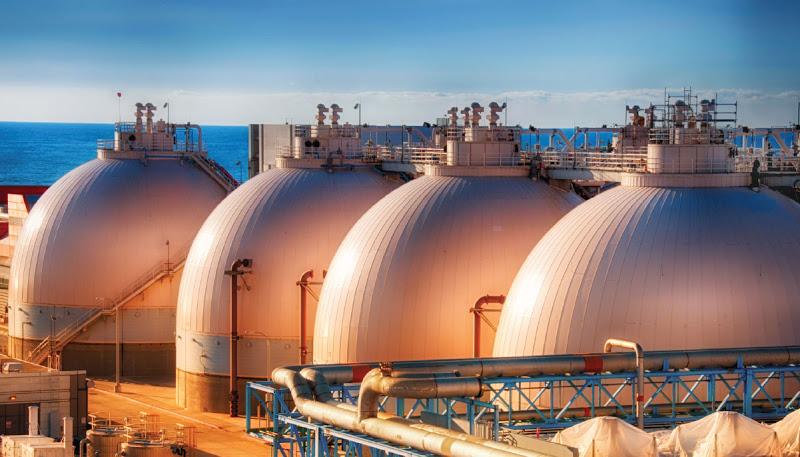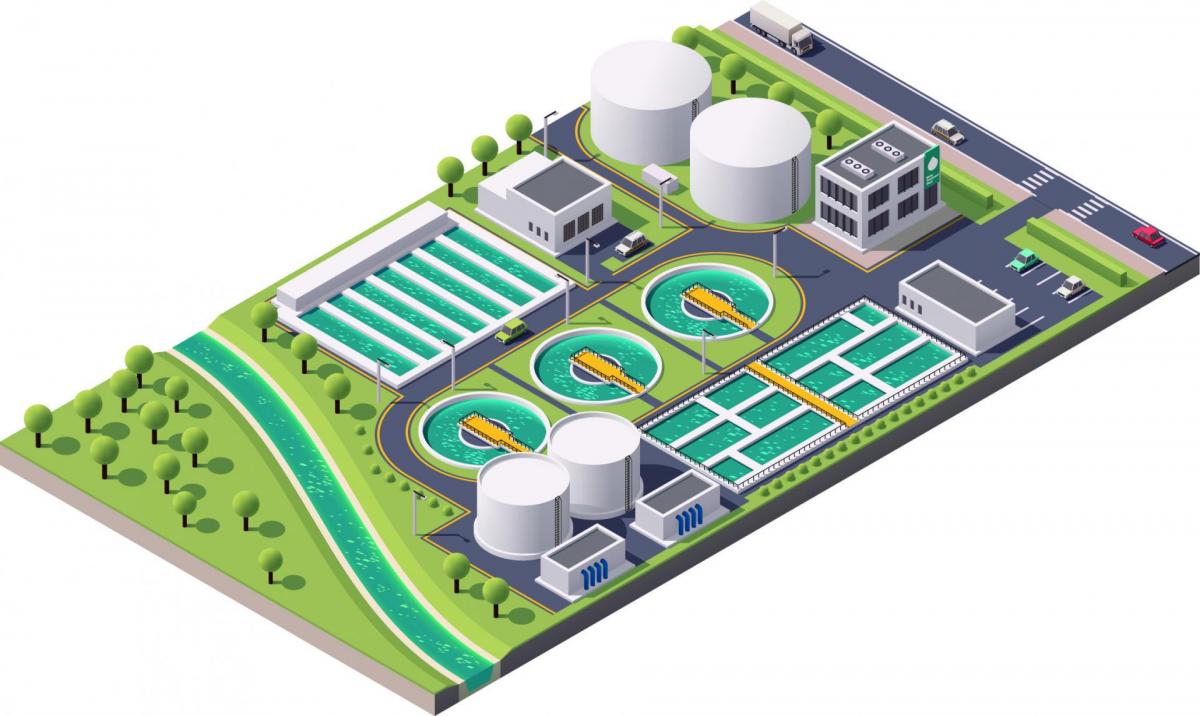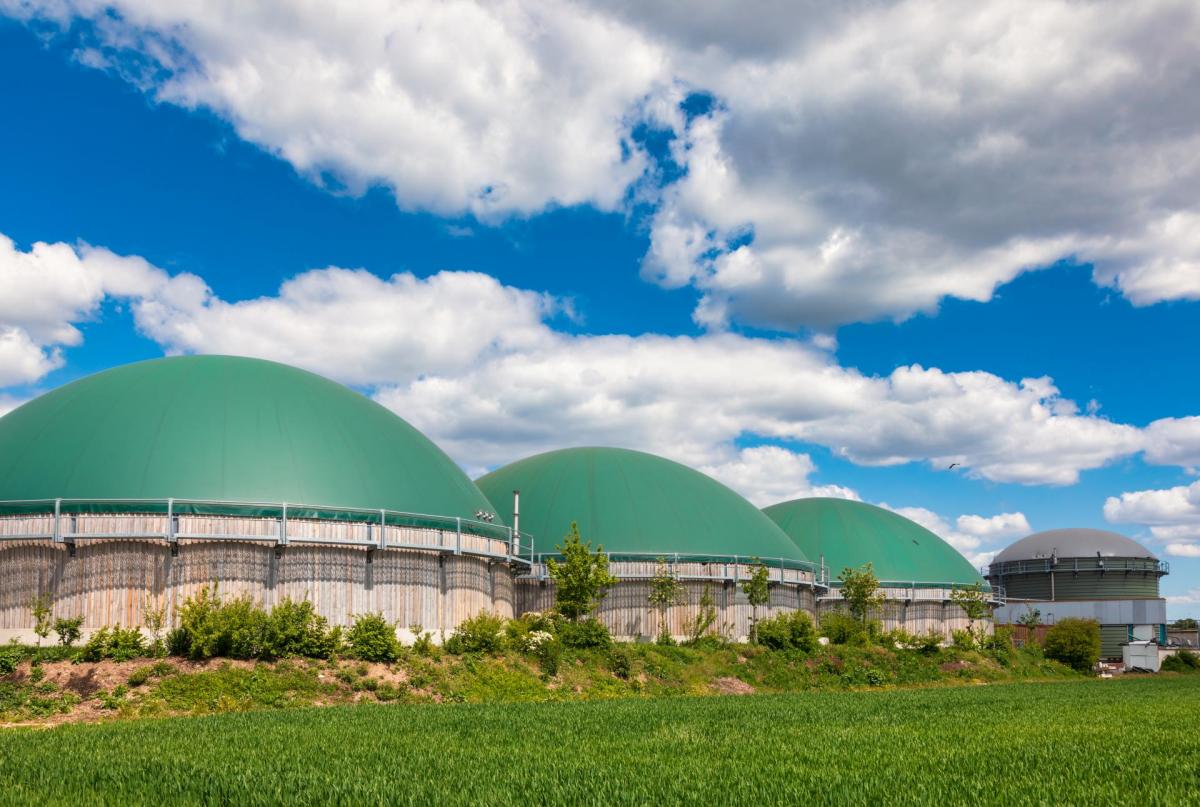Wastewater treatment facilities could be a solution for cities’ organic waste challenges
Greg Kester is the director of renewable resource programs for the California Association of Sanitation Agencies and can be reached at gkester@casaweb.org. Adam Link is the association’s executive director and can be reached at alink@casaweb.org.
SB 1383 (Lara, 2016) is perhaps the most significant legislative effort in California to mitigate climate change since 2006. The law calls for a dramatic reduction in the landfilling of food, yard, and other organic waste in order to lower methane emissions by 40% by 2030. Methane is a powerful, but short-lived climate pollutant that is extremely effective at trapping heat in the atmosphere.
Reducing methane emissions through SB 1383 is one of California’s primary climate change mitigation strategies. Under certain circumstances, municipal water resource recovery facilities could partner with the state and local entities to divert organic waste away from landfills using anaerobic digestion. The process is already an integral component of wastewater treatment, and over 90% of wastewater in California is treated at facilities utilizing anaerobic digestion.
The California Association of Sanitation Agencies is working with member agencies to identify and promote opportunities for increased acceptance of organic waste where local circumstances allow. However, some significant challenges need to be addressed first.
How can wastewater facilities help cities meet their organics diversion goals?
A 2019 report estimated that the existing digester capacity at wastewater facilities would be able to process all of the diverted food waste required by SB 1383. However, processing additional organic waste at wastewater facilities is only viable if it is cost-effective and if there is a market for the end product.
Solid waste management and energy production are not the core functions of wastewater facilities. Their primary mission is the effective treatment of wastewater and biosolids to protect water quality, public health, and the environment. Wastewater facilities must be assured there are reliable markets for co-digestion products and that the costs of meeting this mandate will not be passed on to water and wastewater ratepayers.
CalRecycle, the entity responsible for implementing SB 1383, adopted several key provisions that attempted to address these concerns. First, they disallow local ordinances that unreasonably restrict or prohibit the land application of biosolids — the organic matter recovered from the treatment process. Biosolids are a necessary and unavoidable product of wastewater treatment. Fortunately, decades of research and use have shown that biosolids improve soil health, reduce the use of fossil fuel-intense inorganic fertilizer, reduce the need to irrigate, and sequester carbon in the soil.
Second, every local jurisdiction which must divert organic waste away from landfills must also procure a product of that diversion, such as compost and biogas. Allowable uses of biogas include on-site electricity and heat generation, direct pipeline injection, and low-carbon transportation fuel. Procurement targets are set for each jurisdiction, and procurement can be either via direct purchase, direct use, or a paper agreement with a producer who may use the product elsewhere.
The creation of these end-product markets is critical. Wastewater agencies need these markets to exist to incentivize investing in the expensive infrastructure needed to accept additional organic waste for co-digestion. If there are no buyers or markets for transportation fuels, electricity, or pipeline biogas, then there is no incentive for wastewater facilities to accept additional organic waste.
Examples of this investment producing meaningful results are already available. Some wastewater agencies already have a positive track record with co-digestion and are already accepting food waste and other organics and incorporating them into their anaerobic digestion processes.
The East Bay Municipal Utility District has accepted outside organic waste for its co-digestion process since the early 2000s. This has allowed the district to become energy independent and even sell its excess electricity to the Port of Oakland. Likewise, the Los Angeles County Sanitation Districts have been ramping up co-digestion for several years and are now energy-independent thanks in part to the additional bioenergy generated on-site. These agencies and many others are continuing to evaluate other ways they can beneficially use excess biogas.
The challenges to maximizing co-digestion
Despite these incentives, the wastewater sector still faces challenges to maximize co-digestion. To start with, organic waste needs to be clean enough to avoid harming the microbial community in digestion and the resulting product. This means additional infrastructure, such as receiving facilities, cleansing, and monitoring processes, are often needed. There also needs to be a steady stream of organic waste through contracts with the solid waste sector. Similarly, the solid waste sector needs to have a location to take the organic waste if they are to invest in cleaning it.
Wastewater facilities will also produce exponentially more biogas when co-digesting outside organics and need to be able to productively use that biogas. Traditionally, wastewater treatment facilities have used biogas to generate electricity and heat for on-site needs through internal combustion engines or microturbines. However, the continued use of internal combustion engines is complicated. The Los Angeles and San Joaquin Valley air basins, for example, have some of the poorest air quality in the nation, and thus impose strict limitations on internal combustion engine emissions.
Pipeline injection of biomethane for fuel is another option, which is incentivized through SB 1440 (Hueso 2018). However, it remains underutilized, mostly due to the costly and difficult process of cleaning biogas to meet injection standards, as well as the prohibitive cost to interconnect with utility-owned pipelines. Wastewater treatment facilities must also meet state safety requirements if more than 10,000 pounds of biogas is held for injection at any one time. Pipeline injection can be a viable option in some cases, but not all.
The last option is a low-carbon transportation fuel, which will likely become increasingly popular since wastewater treatment facilities can earn state and federal credits for creating it and retain the use of the fuel. There are conflicting challenges on that front too though, as the state seeks to electrify the transportation sector and limit the use of renewable natural gas as a transportation fuel.
Collaboration between wastewater agencies, solid waste managers, and cities is critical to SB 1383’s success
Proactive work is needed to enable the wastewater sector to maximize the value of co-digestion and to realize the many benefits that it produces. The California Association of Sanitation Agencies (CASA), representing more than 130 local public agencies — including 30 cities — has been deeply involved in this work. CASA hosted a series of meetings between the wastewater and solid waste sectors in recent years to discuss and better understand each other’s needs and challenges. Collaborative partnerships between the sectors are necessary to meet the SB 1383 objectives and local governments will be an integral part of those discussions in the future.
CASA’s goal is to maximize local governments’ ability to meet their SB 1383 obligations and serve as a resource for interested cities, counties, and wastewater agencies navigating the implementation of SB 1383. Through these efforts and partnerships at all levels of government, we will be able to meaningfully mitigate climate change, reduce air quality impacts from transportation, and improve soil health and crop production throughout California.
The California Association of Sanitation Agencies (CASA) is the leading voice for clean water agencies on regulatory, legislative, and legal issues. CASA represents more than 130 local public agencies engaged in the collection, treatment, and recycling of wastewater and biosolids to protect public health and the environment. Our mission is to provide trusted information and advocacy on behalf of California clean water agencies, and to be a leader in sustainability and utilization of renewable resources.




